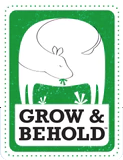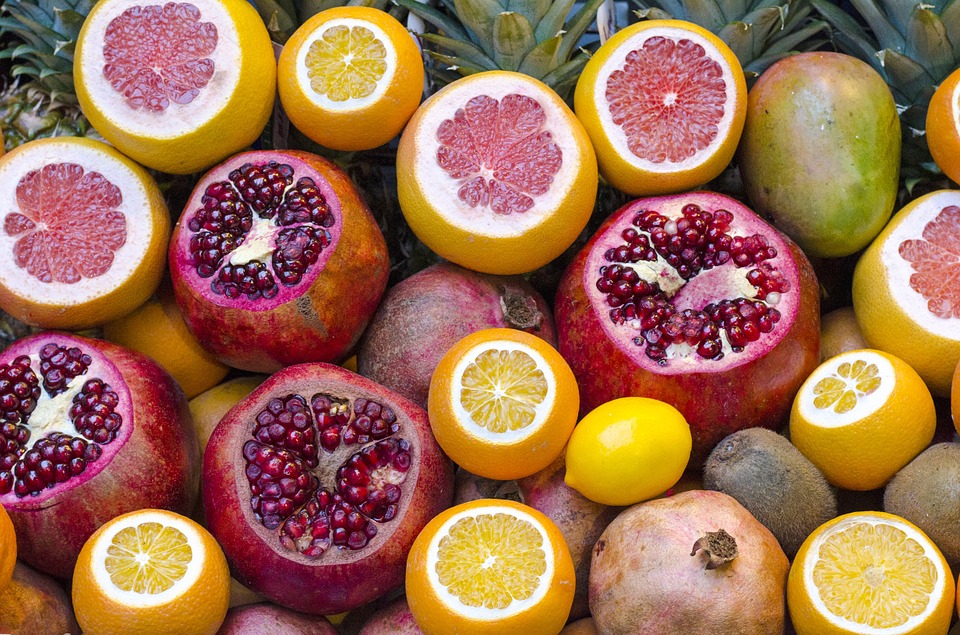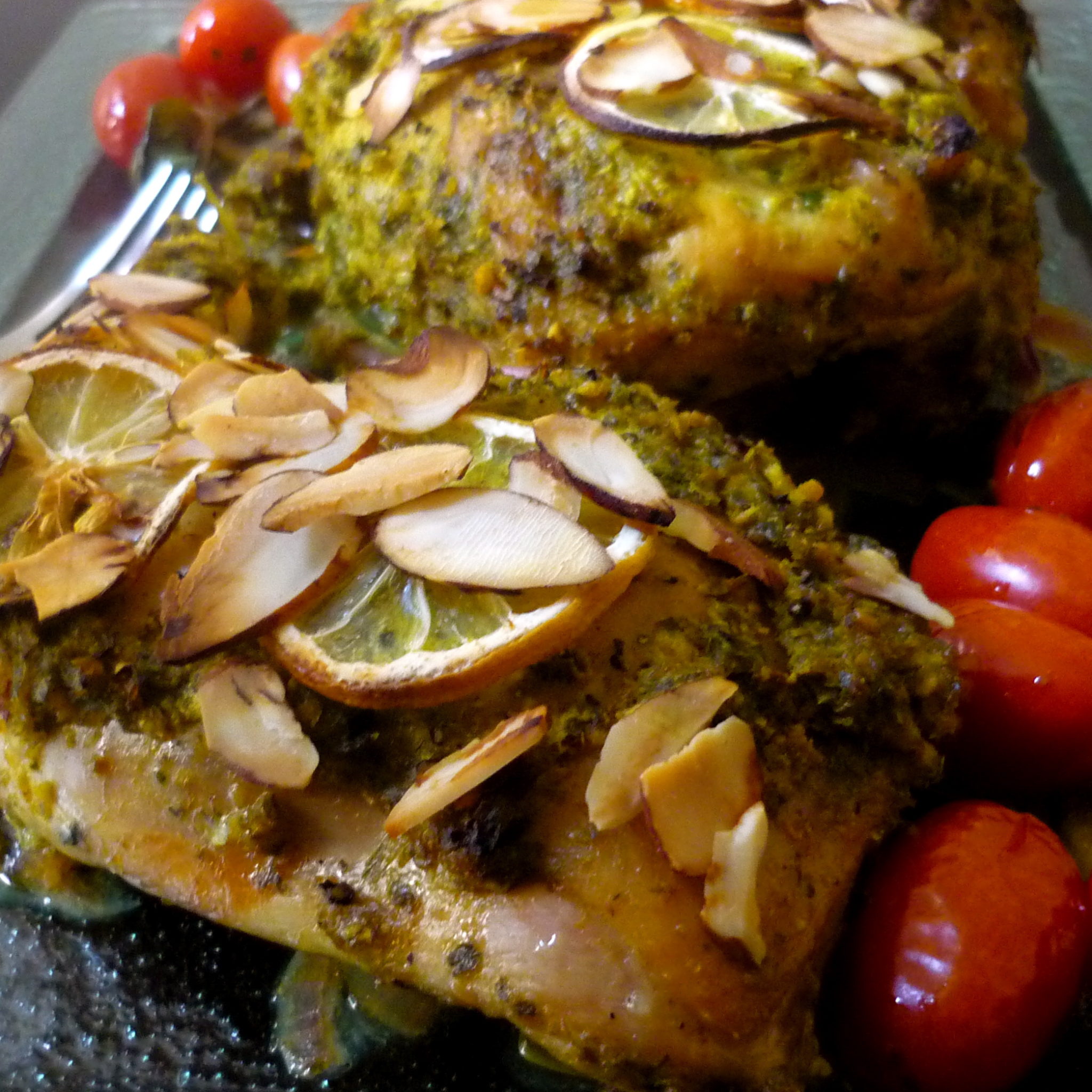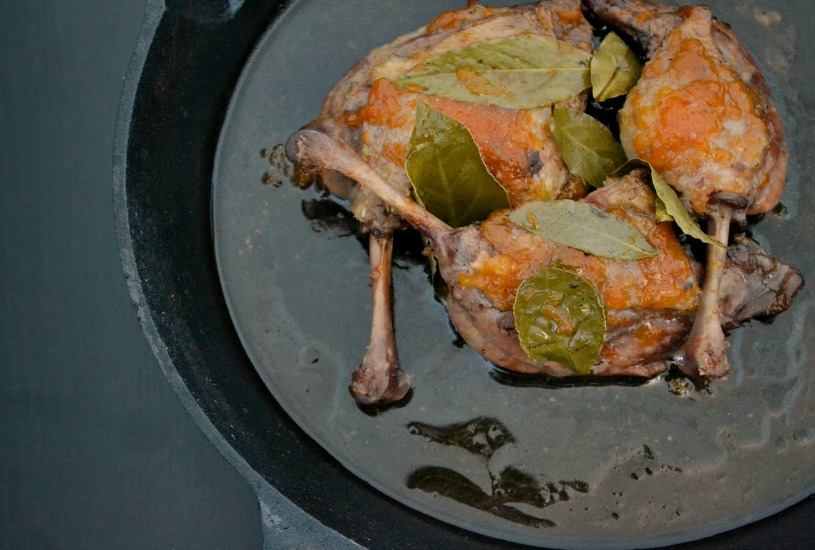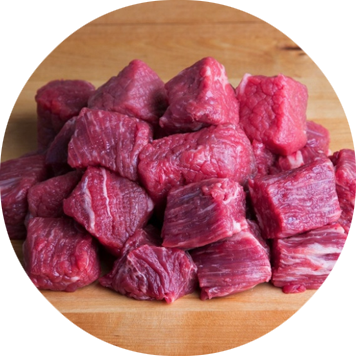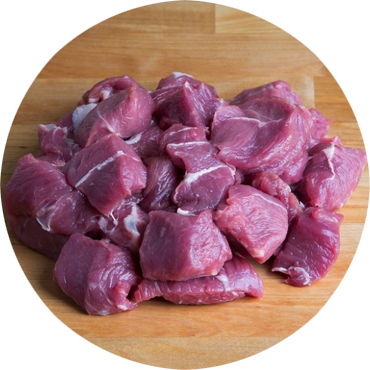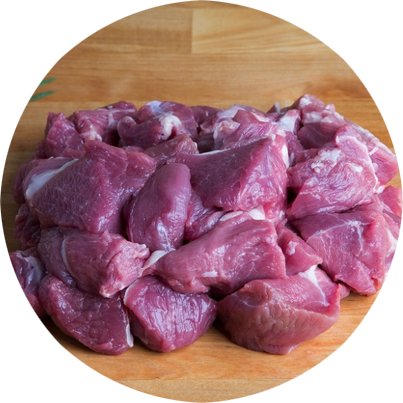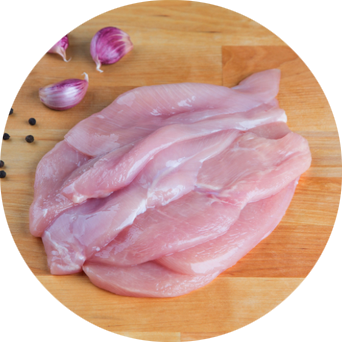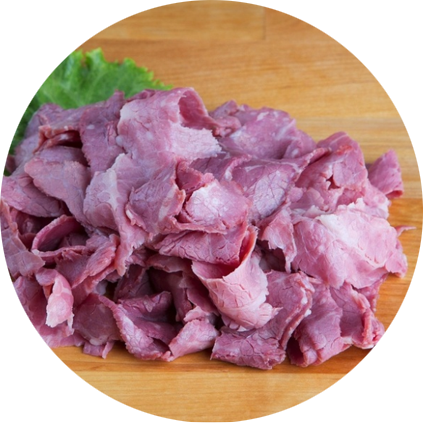Recipe adapted for kosher cooking from Mark Bittman
Ingredients:
- 5-7lbs Grow and Behold whole duck
- 1/2lb Grow and Behold thick-cut beef bacon
- 1lb Grow and Behold lamb cubes for stew
- 1/2lb Grow and Behold bratwurst
- 4 cups of dried white beans
- 19 garlic cloves–smash 10, leave 8 whole and mince one
- 20 sprigs fresh thyme
- 1 shallot, peeled and sliced
- 3 onions (cut one in half and leave unpeeled, slice the other two)
- 1 large carrot, cut into large chunks
- 2 ribs of celery, cut into large chunks
- 3 bay leaves
- 1 tsp whole cloves
- 1 small bunch of parsley
- 4 cups chopped tomatoes
- 1/4 tsp cayenne pepper
- 1 cup bread crumbs
- olive oil
- salt and pepper to taste
Directions:
Part One:
- Set the duck breast-side up on a cutting board, and using a boning knife, cut along one side of the breastbone; keep the back of your knife flush against that bone and follow the curve, cutting with the tip of your knife and pulling the meat back as you go. When you meet up with the skin from the legs, cut through the skin and detach the breast. Repeat with the second breast. The legs should now be easy to see.
- Working one leg at a time, cut through the skin, pulling the leg back as you go. Bend the leg backward to crack the joint, then cut through the joint and detach the leg. Then, repeat with the second leg.
- Remove the skin from the legs with your fingers, loosening it with your knife as necessary, and reserve. Remove and reserve any fat you encounter as well.
- Lightly score or prick the skin of the duck breasts–this will allow the fat to render out. Cover and refrigerate until ready to use in the cassoulet.
- Toss the duck legs with smashed garlic, shallots and 10 sprigs of thyme, and leave in the fridge overnight to marinate
- Heat the oven to 350. Place the duck carcass in a roasting pan in the oven with onions, carrots and celery and roast, turning every now and then until quite well browned. This should take around an hour.
- Pour off the rendered fat from the carcass, and add the contents of the roasting pan into a large pot with bay leaves, a few sprigs of parsley, and around 10 cups of water. Turn the heat on high, and bring to a boil. Then, simmer the stock for 1-2 hours, skimming off the surface.
- Season the stock and refrigerate overnight. A layer of fat should accumulate and solidify, and you should be able to scoop it right off.
- Melt the fat, and once it has reached around 190 degrees, add the duck legs along with the garlic and as much olive oil (or duck fat) as needed to keep the legs submerged in fat. Discard the thyme and shallot.
- Cook the legs, never letting the heat exceed 200 degrees, until the meat is tender and easily pierced with a fork–this should take about 1 1/2 hours. Let the legs cool, then store the duck in the fat in the refrigerator until you’re ready to use it in the cassoulet.
Part Two:
- When you are ready to make the cassoulet, begin by bringing 5 quarts of water to a boil in a large saucepan and adding the beans. Remove from heat and let the beans soak for 1 hour.
- In a different saucepan, cover the bacon slabs in water, and turn the heat to medium. When the water boils, turn it down to a gentle simmer and cook for about 30 minutes.
- Take a piece of cheesecloth and combine most of the remaining parsley stems, the remaining thyme and bay leaves, and whole cloves. Then tie into a knot and add it, along with the bacon, to the beans.
- Bring to a boil, then lower to a gentle simmer. Cook (skimming the surface occasionally) until the beans are just tender, 45 to 90 minutes. Add water if the beans are looking too dry, and taste and season as necessary.
- Brown the lamb in 3 TBSP of the remaining duck fat. Then add the sliced onions and cook until soft, stirring occasionally
- Remove the duck confit from the refrigerator and scrape off the fat. Debone and shred the meat, adding it to the pot with the lamb, along with 2 cups of duck stock, tomatoes, chopped garlic and cayenne.
- Bring the mixture to a boil, then reduce the heat to a gentle simmer; cover. Cook, stirring occasionally, until the lamb is very tender (around 60-90 minutes). Taste and adjust the seasoning if necessary.
- When you are ready to assemble the cassoulet, discard cheesecloth. Cut the fat from the lamb, and cut into small pieces.
- Heat 2 more TBSP of reserved duck fat in a medium skillet over medium-high heat. Add the sausage and cook, turning as necessary until well browned; transfer to a cutting board and slice into quarter-inch rounds. Don’t wash out the pan.
- Heat the oven to 375 and transfer a layer of beans to a large enameled cast-iron pot with a slotted spoon to leave behind most of the cooking liquid. Layer half of the sausage and bacon on top, then another layer of beans, then half the duck-and-lamb mixture. Repeat the layers until you have used all the beans and meat.
- Put the pot over medium heat and bring to a simmer, uncovered, and then turn off the heat. Cover with bread crumbs and chopped parsley leaves and bake, uncovered, for 20 minutes.
- While the cassoulet is in the oven, put the skillet used for cooking the sausage over a medium-high heat. When hot, cook the duck breasts, skin-side down, until they release easily from the pan, 3 to 5 minutes. Turn and cook to rare for another two minutes. Remove the duck from the pan with a slotted spoon and pour the drippings from the pan over the cassoulet. Reduce oven heat to 350.
- Bake the cassoulet until hot, bubbling and crusted around the edges. (around 30 to 40 minutes). Add a little duck stock if it starts to look too dry. Slice the duck breasts on the diagonal and transfer them to the pot, tucking them into the bread crumbs. Cook until the breasts are medium rare, another 5 minutes or so, then serve.
